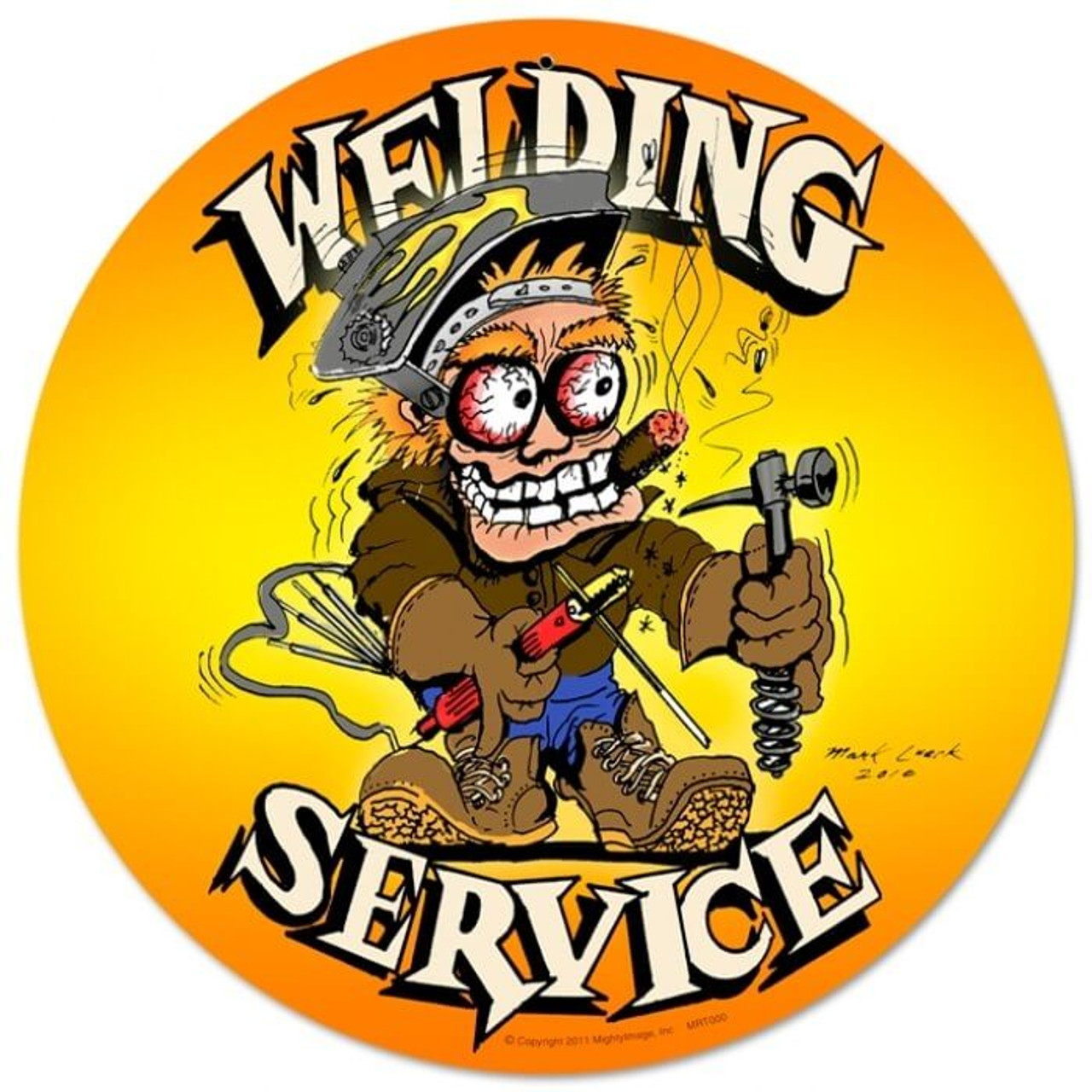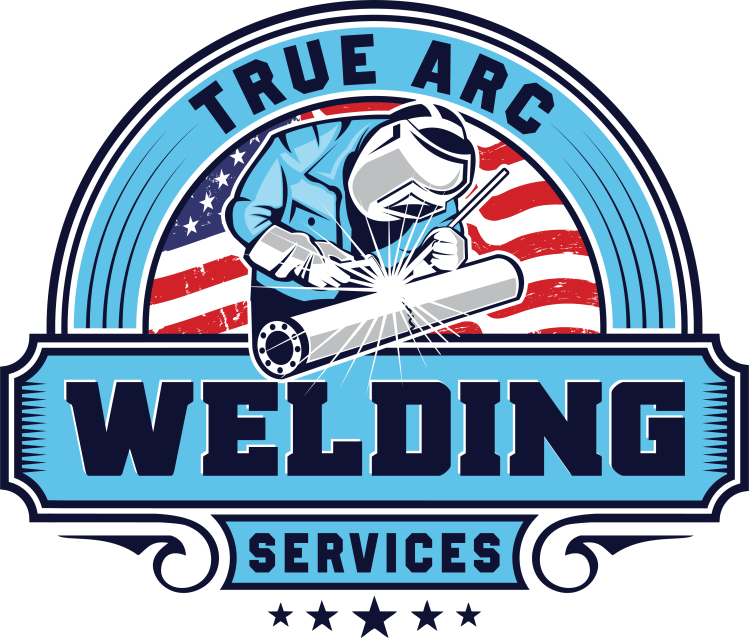Expert Welding Inspection Service for Safety Conformity
Expert Welding Inspection Service for Safety Conformity
Blog Article
Comprehending the Different Kinds of Welding Techniques and Providers Readily Available

Summary of Welding Strategies
Welding methods incorporate a diverse array of techniques used to sign up with products together completely. One typical method is arc welding, which entails creating an electric arc in between an electrode and the base product to melt and fuse them together. This technique is flexible and can be made use of with numerous steels, making it among one of the most widely used welding procedures.

In addition, TIG welding, or Gas Tungsten Arc Welding (GTAW), is a tidy and accurate welding technique that utilizes a non-consumable tungsten electrode to produce the weld. TIG welding is frequently used for thinner products and offers excellent control over the welding process. In general, comprehending these different welding strategies is crucial for choosing one of the most ideal approach for different jobs.
Commonly Utilized Welding Methods
A range of frequently utilized techniques are used in the field of welding to effectively sign up with products with each other. Among the most widely made use of techniques is Gas Steel Arc Welding (GMAW), also recognized as MIG welding. This approach utilizes a cable electrode that is fed with a welding gun, together with a securing gas to shield the weld from contaminants airborne. One more usual technique is Protected Steel Arc Welding (SMAW), or stick welding, which uses a flux-coated electrode to develop the weld. Tungsten Inert Gas (TIG) welding is favored for its accuracy and convenience, utilizing a non-consumable tungsten electrode to generate the weld. Flux-Cored Arc Welding (FCAW) is commonly utilized in commercial setups due to its high welding rate and portability. Furthermore, Immersed Arc Welding (SAW) is perfect for producing deep welds on thick materials. These commonly used welding approaches satisfy various requirements and products, supplying options for various welding applications.
Advanced Welding Provider
Building upon the foundation of commonly made use of welding approaches, the realm of sophisticated welding services incorporates cutting-edge methods and innovations that press the borders of precision and efficiency in product joining procedures. Advanced welding solutions commonly entail specialized methods such as laser welding, electron beam welding, and rubbing stir welding. Laser welding utilizes a highly concentrated beam of light of light to specifically join steels with minimal heat-affected zones, making it suitable for delicate or intricate parts. Electron beam of light welding, on the other hand, uses a high-velocity electron hop over to here beam of light to create deep weld infiltrations in products like aerospace alloys or dissimilar metals. Friction mix welding, a solid-state signing up with process, enables the welding of products that are challenging to fuse making use of conventional techniques, like light weight aluminum and copper. These advanced techniques use enhanced control over the welding process, resulting in stronger, much more resilient welds with minimized distortion and boosted general quality.
Specialized Welding Techniques

An additional specialized welding technique is laser beam welding, where an extremely focused light beam of light is utilized to sign up with steels with marginal heat-affected zones and distortion. This technique is frequently employed in markets calling for high accuracy and sanitation, such as electronic devices and clinical device manufacturing. Additionally, eruptive welding is an unique technique that uses regulated nitroglycerins to bond dissimilar metals with each other, creating solid and reputable joints. These specialized welding techniques display the variety and development present in the field of welding, using options for a variety of industrial applications.

Picking the Right Welding Process
Selecting the appropriate welding procedure is vital in accomplishing ideal results in metal manufacture and joining procedures. With different welding techniques readily available, it is crucial to take into consideration elements such as the sort of steel, density, joint design, and desired end outcome when selecting the appropriate welding procedure - Welding Inspection Service. Among the usual welding techniques are Gas Metal Arc Welding (GMAW), Protected Metal Arc Welding (SMAW), Gas Tungsten Arc Welding (GTAW), and Flux-Cored Arc Welding (FCAW) GMAW, additionally referred to as MIG welding, great post to read is ideal for welding thin to thick metals and is functional in numerous positions. On the other hand, SMAW, or stick welding, is a dependable method for outside and field welding due to its transportability and simpleness. GTAW, or TIG welding, is perfect for welding slim products and provides precise and premium welds. FCAW is favored for welding thick materials and is understood for its high welding rates. Understanding the characteristics of each welding procedure is essential in choosing the most suitable method for a specific welding task.
Conclusion
In conclusion, recognizing the different kinds of welding strategies and solutions available is crucial for choosing the right technique for a certain job. By understanding the frequently utilized welding techniques, progressed welding solutions, and specialized techniques, people can make educated choices to ensure the success of their welding jobs. It is essential to take into consideration elements such as products, task requirements, and spending plan when selecting the most suitable welding procedure.
From traditional methods like stick welding to advanced procedures such as laser welding, the world of welding you could try these out offers a wide range of options for joining steels with each other.Furthermore, TIG welding, or Gas Tungsten Arc Welding (GTAW), is a tidy and exact welding method that utilizes a non-consumable tungsten electrode to produce the weld. Advanced welding services frequently include specialized approaches such as laser welding, electron beam of light welding, and rubbing stir welding. Amongst the typical welding techniques are Gas Steel Arc Welding (GMAW), Secured Steel Arc Welding (SMAW), Gas Tungsten Arc Welding (GTAW), and Flux-Cored Arc Welding (FCAW) By being conscious of the frequently made use of welding techniques, progressed welding solutions, and specialized methods, individuals can make enlightened decisions to guarantee the success of their welding projects.
Report this page